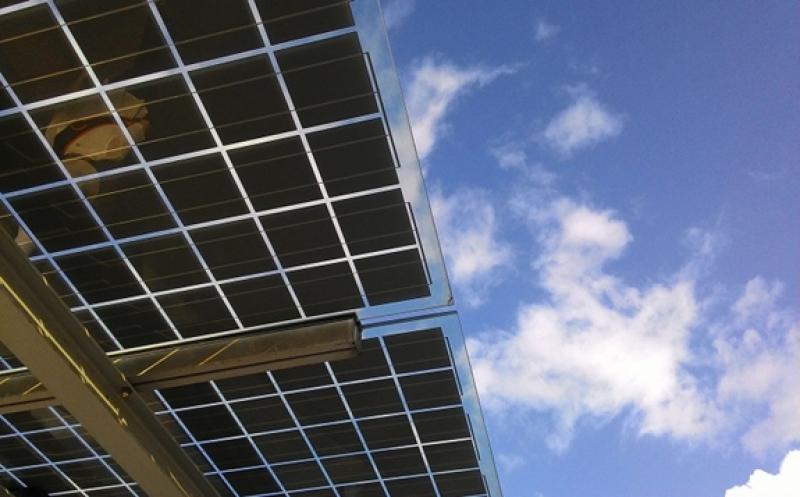Sungrow will supply its 250kW inverter solution and its MVS6650-LV medium-voltage turnkey station for the $160m project.

According to the company, the inverter solution is compatible with bifacial modules and tracking systems.
Located in a desert area of Kom Ombo town in the Aswan Governorate, the Kom Ombo project will be built by Sterling and Wilson Solar (SWSL) and developed by ACWA Power.
The project is expected to come online in the third quarter of next year.
Upon completion, the project is expected to enhance the share of renewable energy in the country’s energy mix.
It will have the capacity to generate 650GWh of clean energy annually, enough to power 130,000 households, while eliminating 336,000t of carbon emissions a year.
According to its national integrated sustainable energy strategy, Egypt plans to produce 42% of its electricity from renewables by 2035 to combat climate change.
In October 2019, the Government of Egypt and ACWA Power signed a 25-year power purchase agreement (PPA) to develop, finance, construct and operate the Kom Ombo plant.
The Government Guarantee was signed in January this year, with the final project agreements for the Network Connection Contract and Usufruct Agreement signed last month.
Sungrow Middle East and North Africa (MENA) region managing director Alvin Shi said: “This Egyptian landmark project has achieved a competitive tariff while driving the growth of solar energy as an affordable alternative to conventional energy sources.
“By deploying the Sungrow 250kW inverter solution, the Kom Ombo project is set up for operational excellence and marks a milestone in our partnership track record with our local partners, ACWA Power, as well as Sterling and Wilson Solar.”
In October 2019, Sungrow was awarded a contract to deliver its Energy Storage System (ESS) for a solar-plus-storage project in the US.
The ESS container includes power conversion systems (PCS) and Li-ion batteries, an energy management system, a local controller, heating, ventilation and air conditioning (HVAC) and frequency-selective surfaces (FSS).